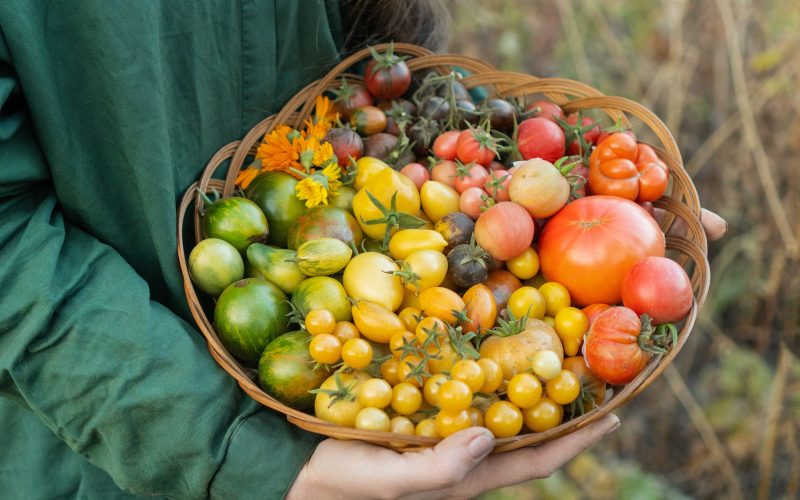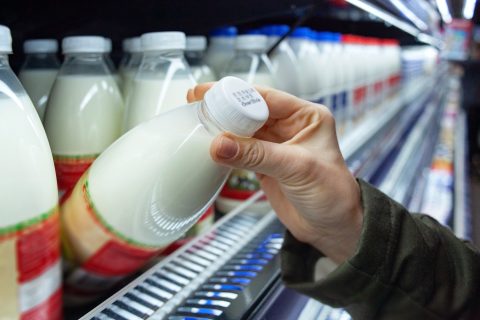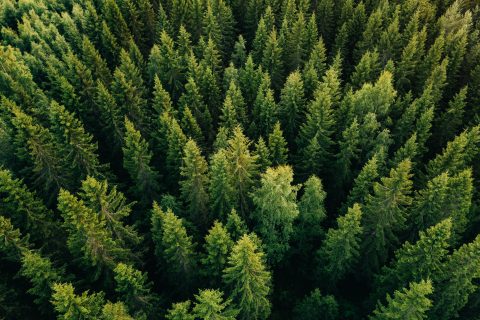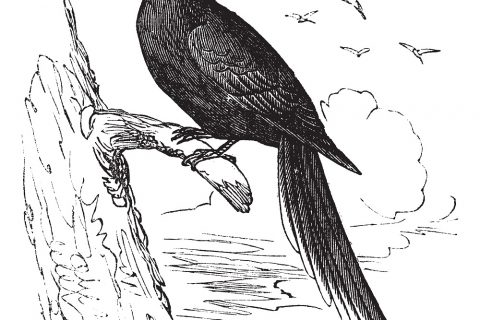Apple pie is an American staple…but apples themselves are going extinct. Sarah Lohman works with institutions around the country to create public programs focused on food. She joins host Krys Boyd to discuss the foods we love that are in danger of disappearing and travels the country to take part in food traditions that might not be here for long unless we protect them. Her book is “Endangered Eating: America’s Vanishing Foods.”
‘The answers to preserving foods are not black and white’
By Shaunessy Renker, Think Intern
Sugar is an integral part of our diets; we use it to sweeten our coffee, it’s in the snacks we eat at work, and in the bread of a sandwich we eat for lunch. Our access to sugar in the U.S. doesn’t seem to have changed, but globally, some species of native sugarcane are in danger of going extinct.
Sugarcane is the second largest plant in the grass family and there are at least 40 different varieties. Sugarcane is originally from Papua New Guinea, but when Hawaii was settled by wave finders and navigators around a thousand years ago, one of the crops they brought with them was sugarcane.
In the late 18th century, missionaries and their children began settling in Hawaii as well and invested in sugar refineries with which they would extract the juice and make white sugar. By the 19th century, the sugarcane plantation owners had taken over the island politically and pushed for Hawaii becoming a territory of the United States.
“So, it really was this whole power struggle with sugar in Hawaii that led to the overthrow of the native Hawaiian government and their status as an independent nation,” Lohman says.
Today, there are only a handful of commercial sugarcane growers in Hawaii who use the crop solely for their distillers. They produce rhum Agricole which is fermented from preserved sugarcane juice.
“We have to preserve these plants and the more places they’re growing in, the better chance we have at preserving them,” says Lohman. “If I know they’re growing, no matter what they’re being used for, then that makes sure that this part of Hawaii’s history is preserved.”
The distilleries in Hawaii are still a controversial matter among locals as they are mostly owned by non-natives and white men. Factors such as stereotypes about natives and alcohol, non-natives profiting off of a native crop, and the distilleries taking up a lot of land make the locals in Hawaii weary of the business.
“The answers of what to do to preserve these foods are not black and white, they’re often very complicated,” Lohman concludes.





